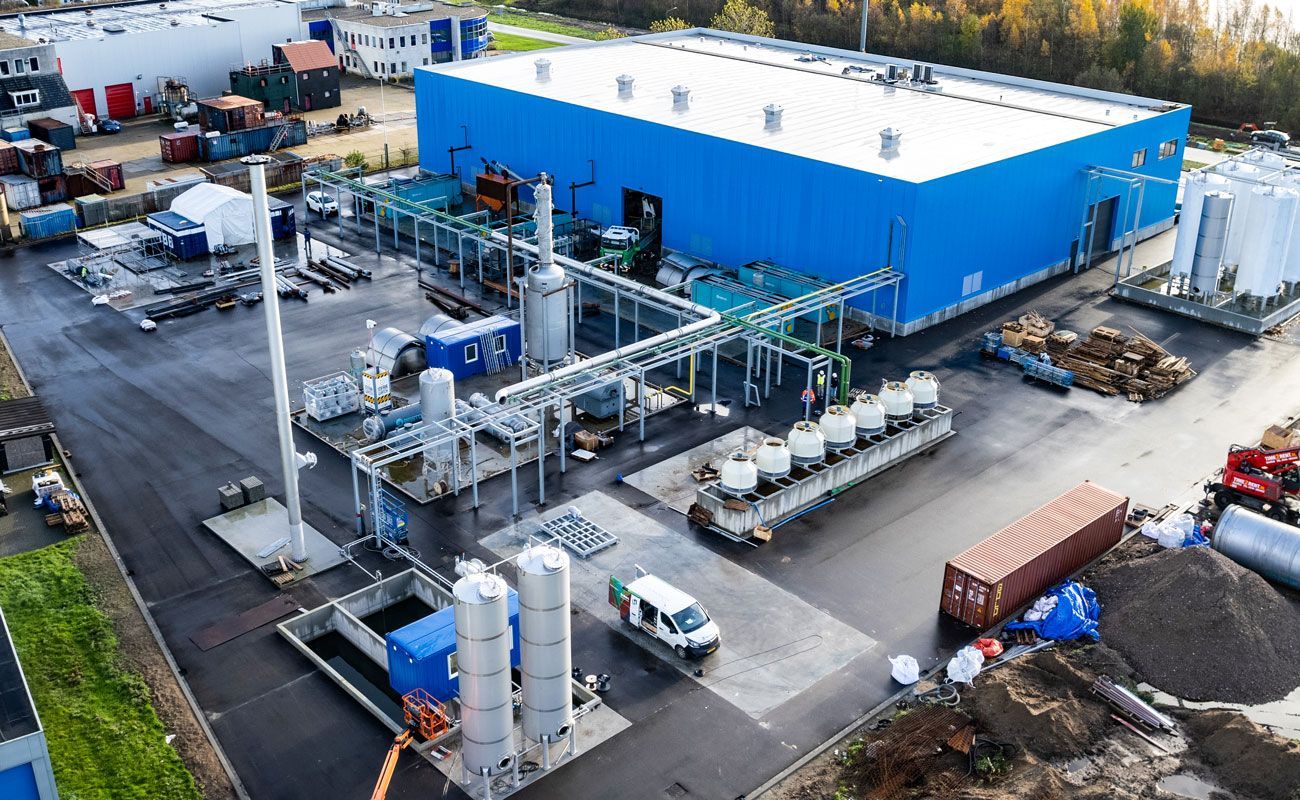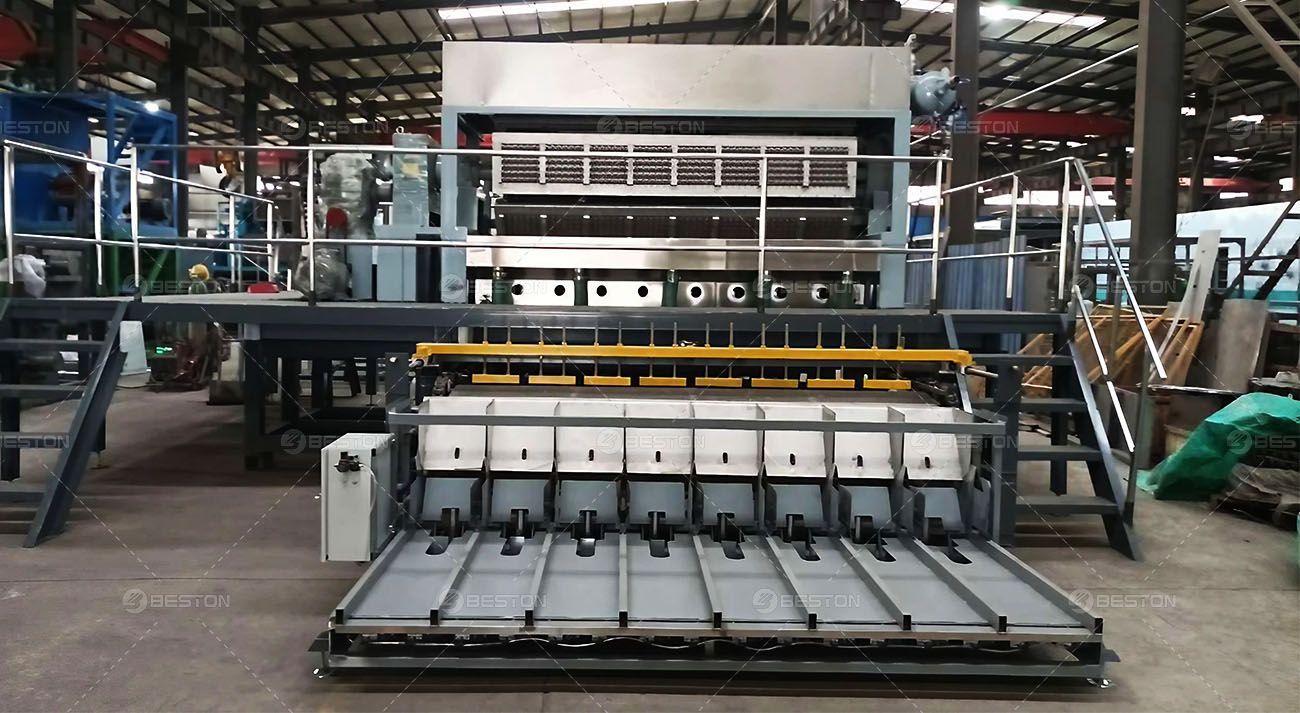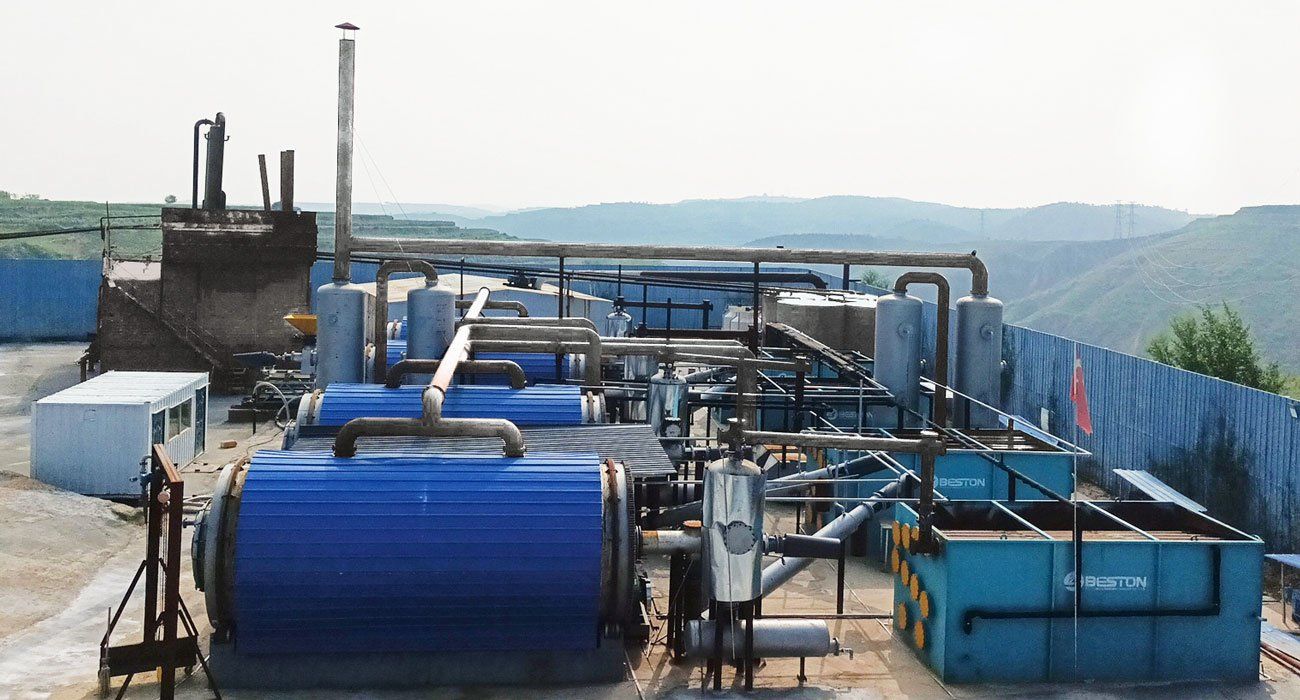Plastic Pyrolysis Technology - Catalytic vs. Non-Catalytic
- By zhou qi
- •
- 17 Jan, 2024
Plastic Pyrolysis: A Prelude to Transformation
The Pyrolysis Alchemy:
Catalytic Plastic Pyrolysis: Enhancing Alchemy with Catalysts
Catalysts Unveiled:
Advantages of Catalytic Pyrolysis:
- Enhanced Product Yield: Catalysts facilitate the breakdown of complex polymers, leading to higher yields of valuable liquid fuels and gases.
- Temperature Moderation: The presence of catalysts allows pyrolysis to occur at lower temperatures, reducing energy input and operational costs.
- Reduced Coke Formation: Catalysts mitigate the formation of coke, a carbonaceous residue that can hinder the efficiency of the pyrolysis process.
Applications:
- Liquid Fuel Production: Catalytic pyrolysis excels in producing high-quality liquid fuels, making it a promising technology for biofuel and chemical feedstock generation.
- Chemical Synthesis: The controlled reaction pathways enable the production of specific chemicals with applications in various industries.
Non-Catalytic Plastic Pyrolysis: The Unassisted Transformation
A Solo Performance:
Advantages of Non-Catalytic Pyrolysis:
- Simplicity: The absence of catalysts simplifies the operational setup and maintenance of the pyrolysis plant for sale.
- Lower Capital Costs: Non-catalytic systems are generally associated with lower capital expenditures, making them attractive for certain scale applications.
- Versatility: Non-catalytic pyrolysis can accommodate a wide range of plastic feedstocks without the need for tailor-made catalysts.
Applications:
- Energy Production: Non-catalytic pyrolysis is adept at generating syngas, a mixture of hydrogen and carbon monoxide, suitable for energy production.
- Solid Residue Utilization: The byproducts can be harnessed for solid residue applications, including carbon black production or incorporation into construction materials.



